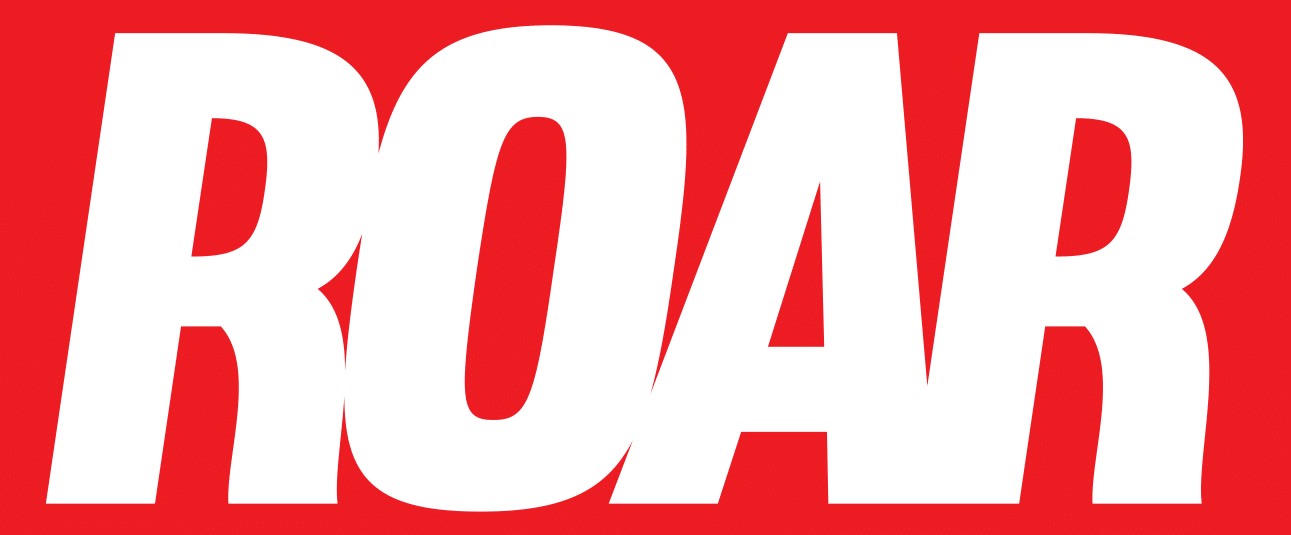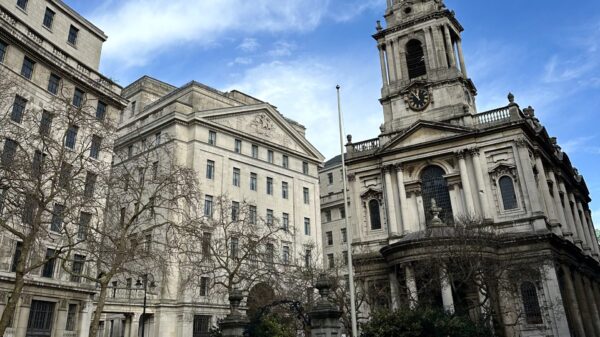Fintan Hogan on the shifting attitudes towards Australia Day and what the future of the traditional day of celebration might look like.Â
Australia Day has become less of a caricature in recent years, no longer are expectations merely cans of Fosters and a barbie. Younger people especially are now using the event to call into question Australia’s colonial past and ask why do we celebrate our invasion by a colonial power?
Australia Day marks the raising of the British flag in Sydney Cove in 1788 – 234 years ago. The day has become a national holiday and a celebration of Australian achievements held annually on 26 January. It has been celebrated as early as 1808Â and became formally recognised at the beginning of the 20th century.
In recent times, especially in the wake of the Black Lives Matter and shifting global attitudes towards colonialism and race, protest groups have dubbed the national holiday “Invasion Day”, as discontent with the celebration has grown. Aboriginal groups especially have protested against the celebration of a violent history of colonisation.
The debate over the day has become representative of the global debate over European Empires. Much of this debate on Australia has focused on the term “genocide” to describe massacres by coloniser groups in the 18th century and beyond. Former Australian PM John Howard famously claimed in 2014 that he “didn’t believe genocide had taken placeâ€.
This view is now falling out of favour amongst younger generations of Australians, representative of a global pattern, who have become more introspective about Australian history. Indigenous essayist Nathan mudyi Sentance is among those pioneering a new wave of examination of the term “genocide” and its application to the treatment of aboriginal groups.
Using data from November 2021, the Guardian suggests that there were around 100 recorded ‘frontier massacres’ with over 20 casualties between 1776 and 1928. These were perpetrated by settlers, colonial civilians and regime officials. Almost 50 of these attacks were perpetrated by government agents such as the police or military. An unknown number of further events killed fewer than 20 aboriginal people or were simply never recorded.
Australia Day has become a rallying cry for social activist movements. Notably, these bear many of the hallmarks of the United States’ Black Lives Matter Movement. Protestors hold placards of black fists and appeal to ideas of social justice for minority groups. This year protestors rallied in Sydney, bearing placards with slogans such as “No Pride in Genocide”.
Similar to the toppling of the statue of Edward Colston in Bristol, England, memorials to James Cook have been splashed with red paint. Cook was famously the captain of the ship which reached Australia in 1770. The red paint is symbolic of the blood of the native population of Australia, soon killed in huge numbers by the settling population.
Aboriginal leaders have spearheaded the protest movement in many cities. Their black and red flag, with a central orb of yellow, has dominated much of the make-up and clothing among those in the marches. A further “virtual” commemoration was held at dawn over a live stream in response to resurgent covid levels in aboriginal communities.
Thousands of protesters in Canberra commemorated the 50th anniversary of the “Tent Embassy”. This is a protest site, founded by four aboriginal Australians, to petition for the return of land to native groups. It remains a symbol of aboriginal subordination for many in the country today.
Social justice and indigenous rights groups desire to abolish the national holiday, or at least to change the date. They argue this would allow January 26th to become a day of indigenous commemoration and mourning, while a separate date could be used to celebrate the foundation of the modern Australian state.
A 2022 poll found 57% of respondents supporting either moving the celebration to a new date or establishing a separate, explicit First Nations day to commemorate aboriginal history and losses. This is a 4-point increase in only a year.
However, these attitudes aren’t universal. The desire to abolish Australia Day isn’t particularly popular among all groups. Attempts have been made to modify the celebration to make it more inclusive, rather than to scrap it entirely.
The official “Australia Day” organisation is taking steps to redefine the values it promotes. They proclaim “This is the Story of Australia – the story of an extraordinary nation. The Story begins 60,000 years ago. New chapters are written every day. On Australia Day, we reflect on our history, its highs and its lows.â€
Last January, PM Scott Morrison recognised “brutal beginnings,†but fully supported commemorating the day. This year, his government paid out $20m to acquire the rights to the aboriginal flag. This created open access to the symbol by buying out exclusive licenses held by private companies. These moves have been generally well-received, making it harder to profiteer from the commemorative event.
Conservative attitudes do persist, as in the US, to racial sensitivity movements. These correlate closely with age. Ipsos Mori found an 18% gap between under-24s and over-55s in recognition that “indigenous Australians face racism in Australia today frequently or all the time”. Almost 70% of under-27s said they would not celebrate Australia Day in 2022, while the same share of over-56s suggested they would.
Australia Day will live on. The opposition Labor party quickly set aside suggestions of a referendum on the issue following internal protests at the notion. Popular dissatisfaction with the celebrations has not yet reached a tipping point. However, negative perceptions will likely continue to grow as January 26th protests become normalised. The Australia Day of 2030 is unlikely to resemble that of 2000.
The cold ones may be left on ice in the coming years.









